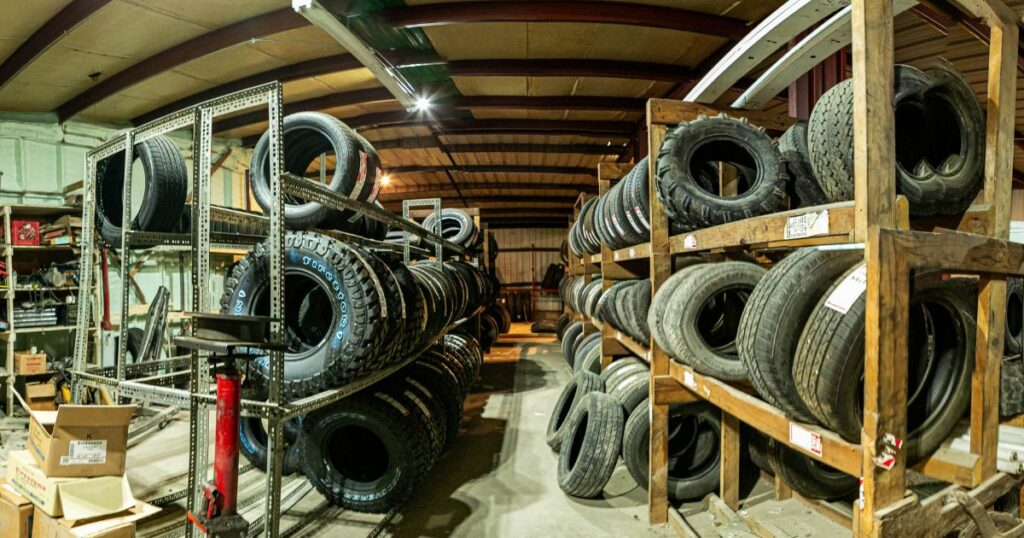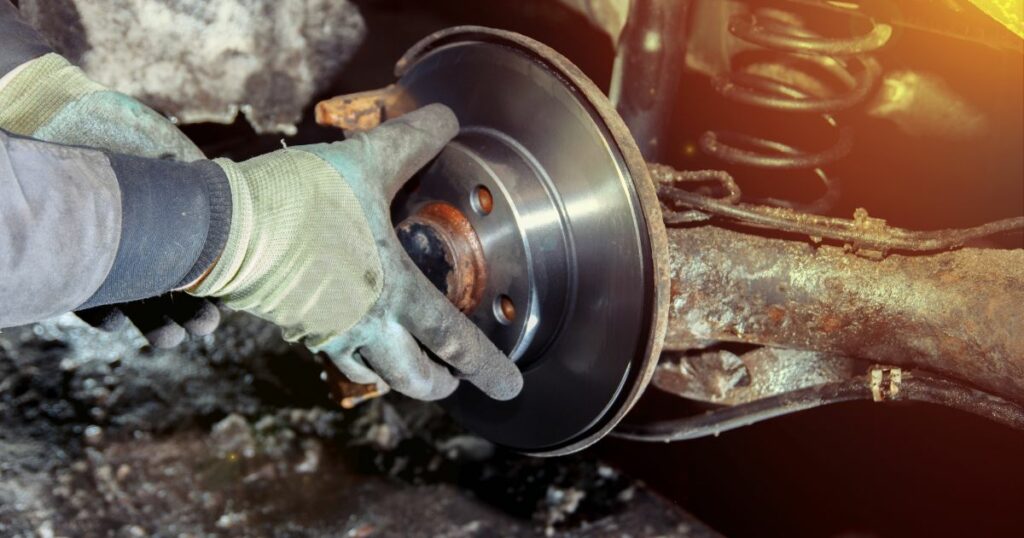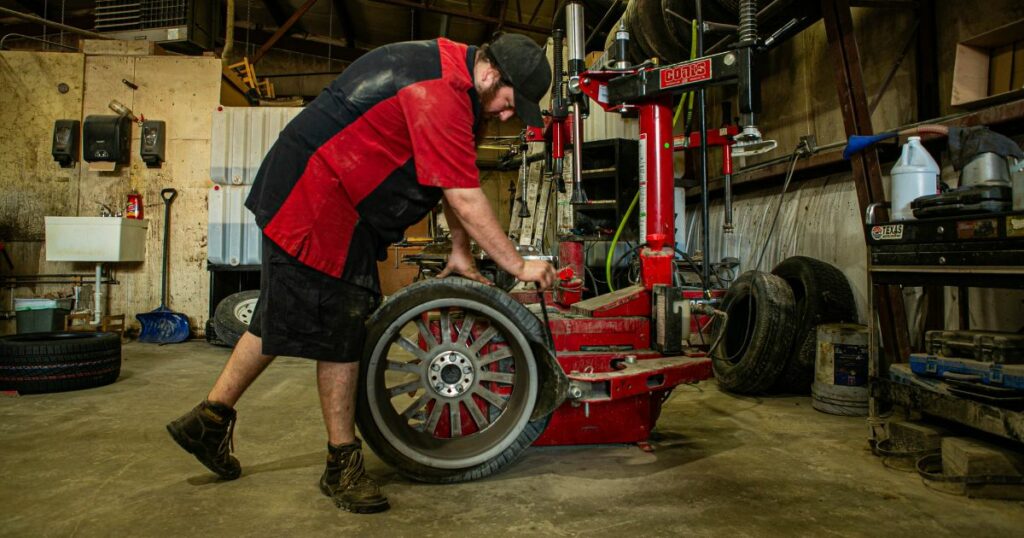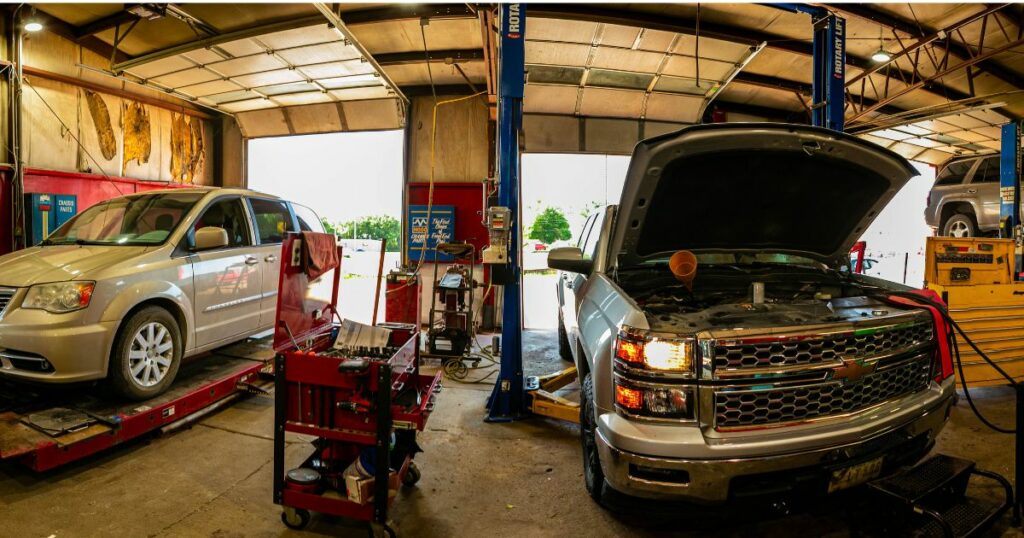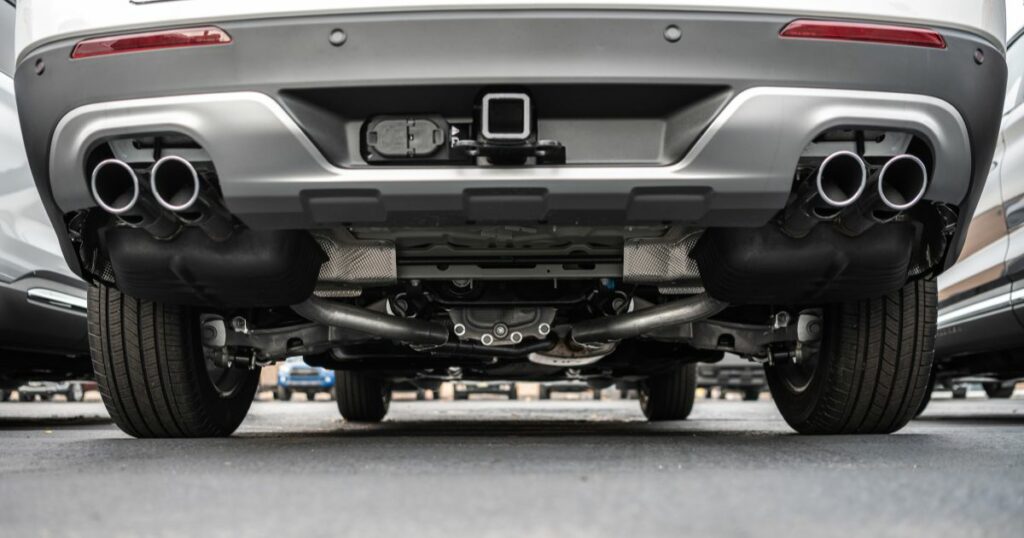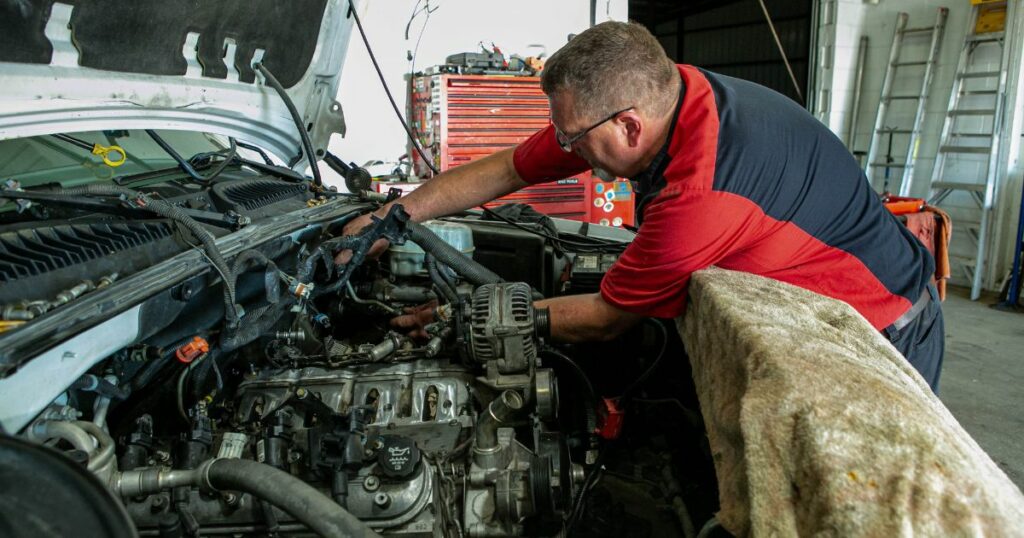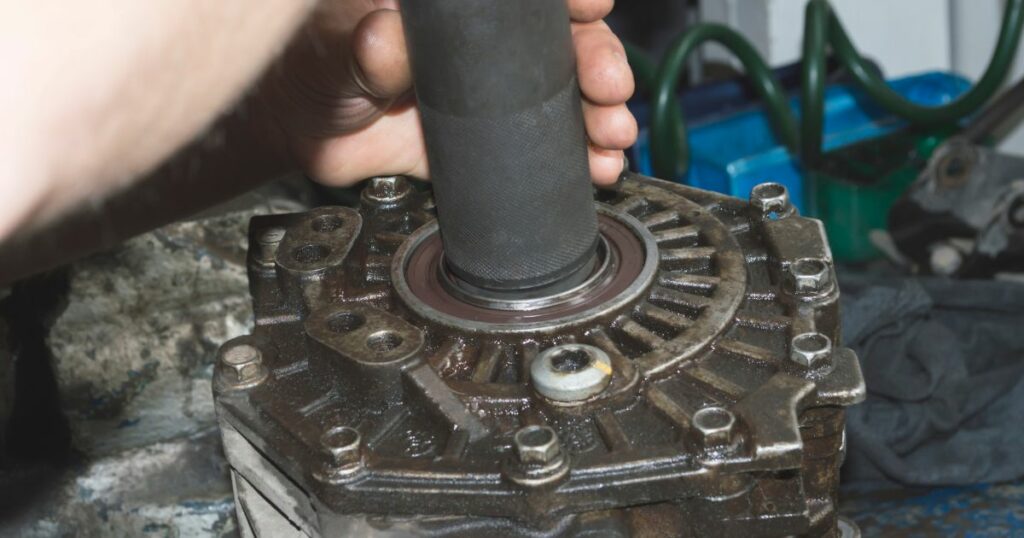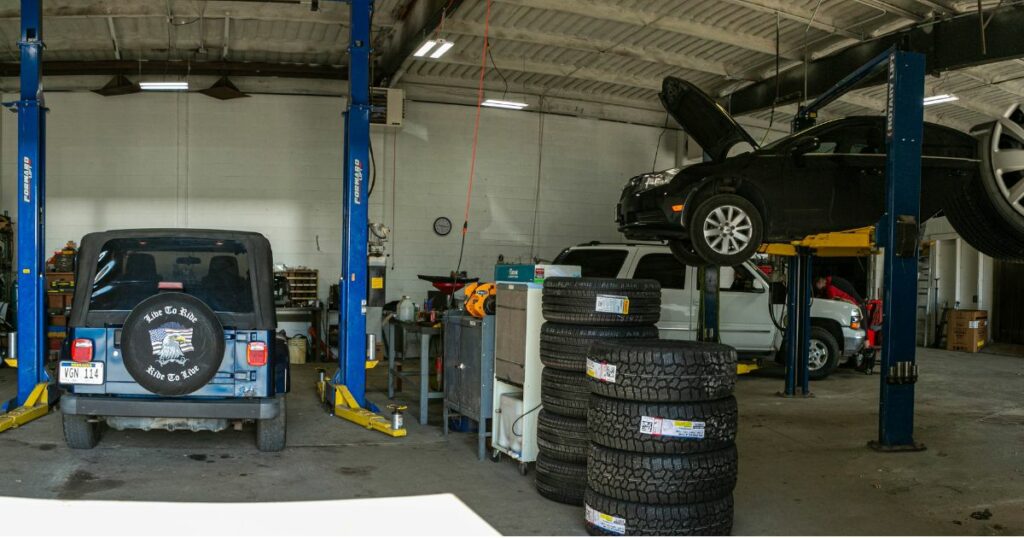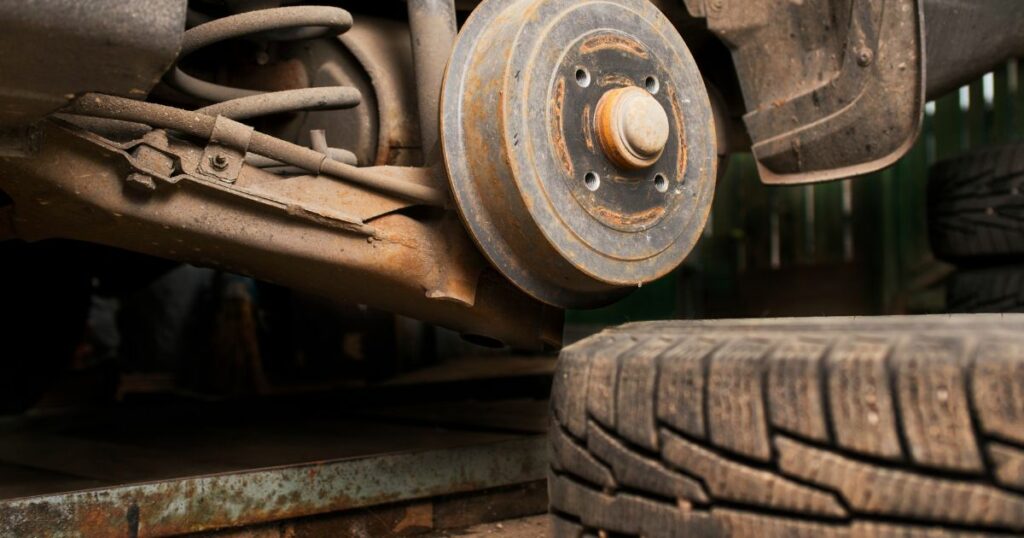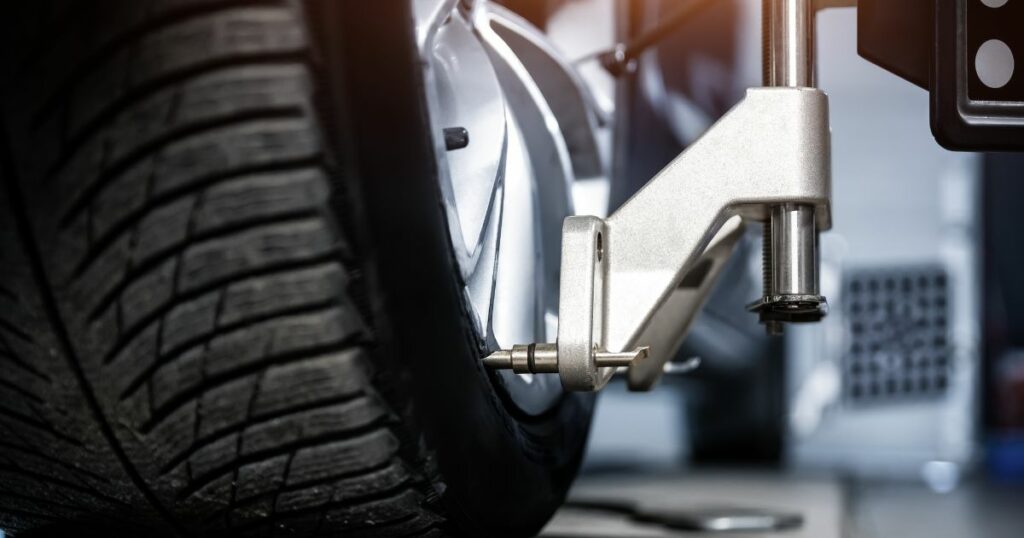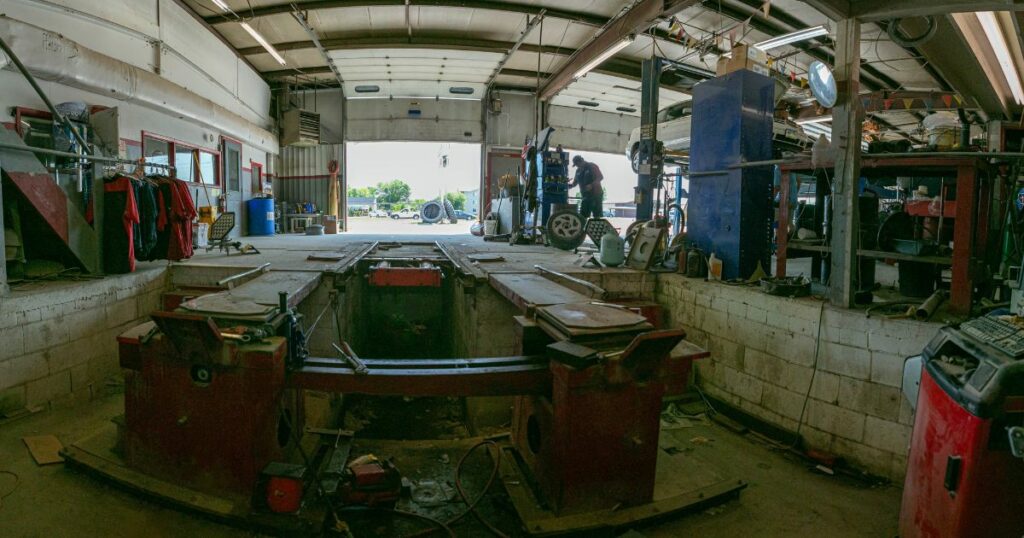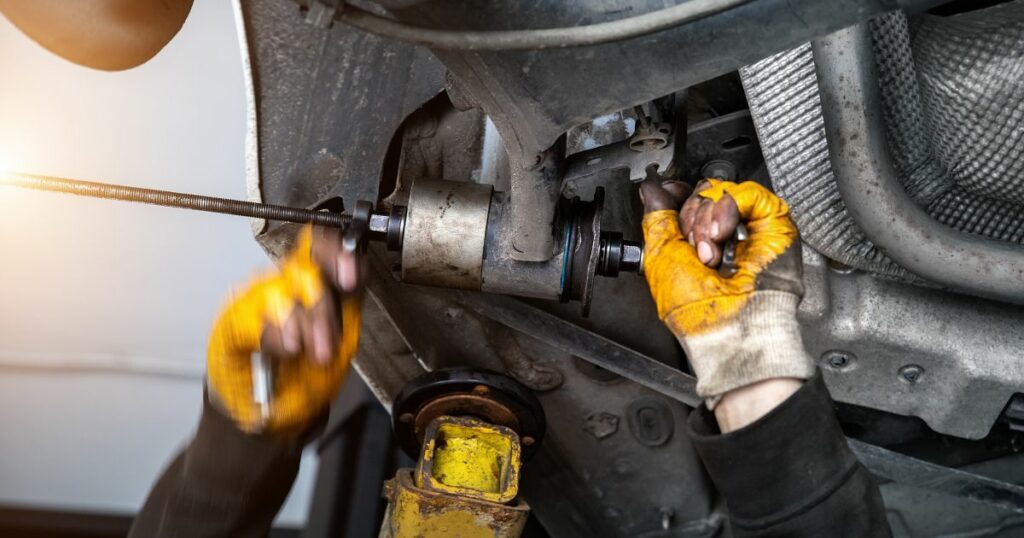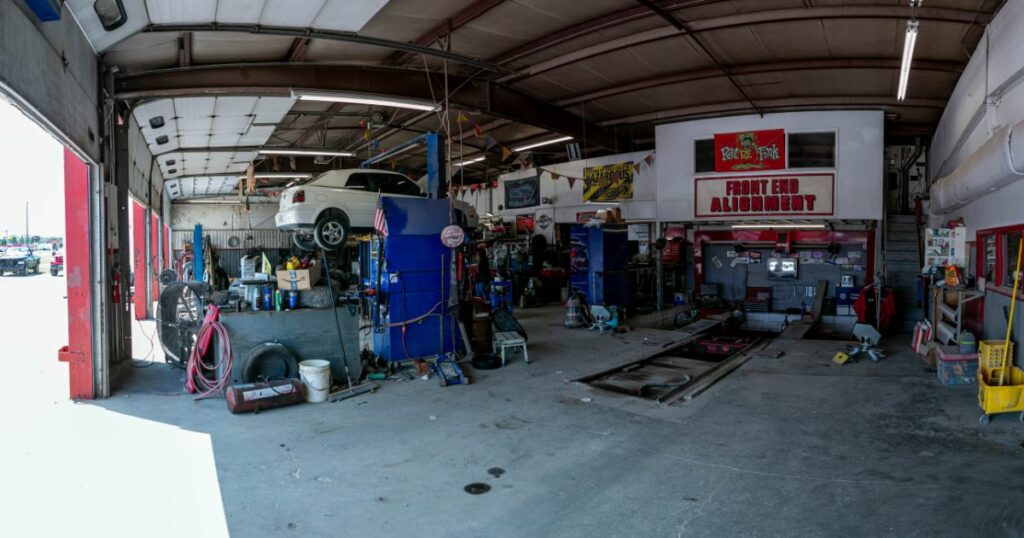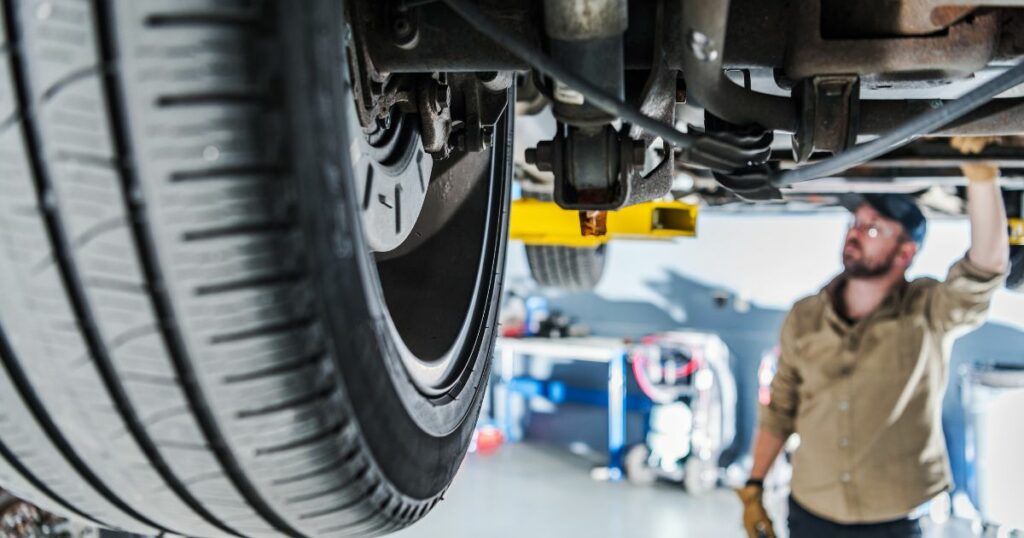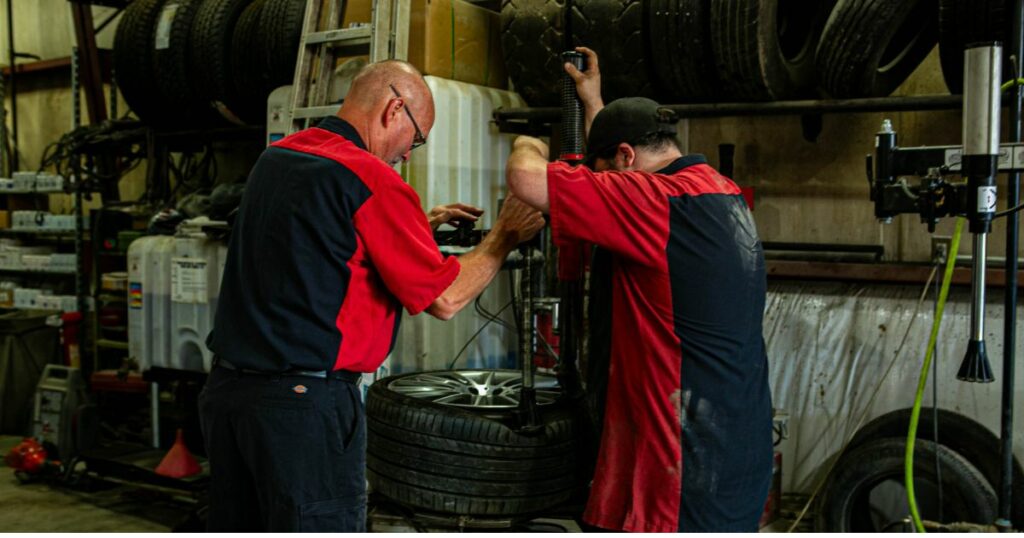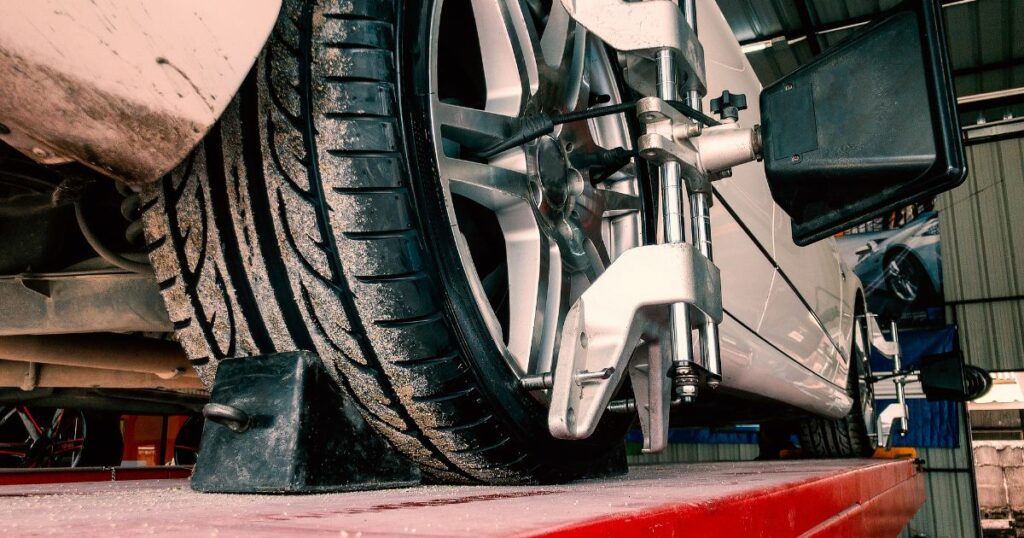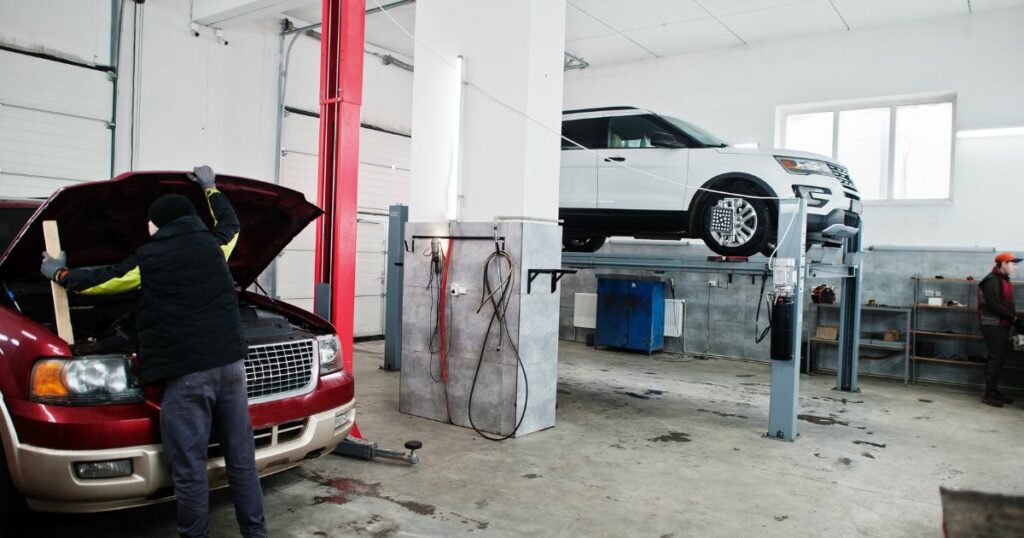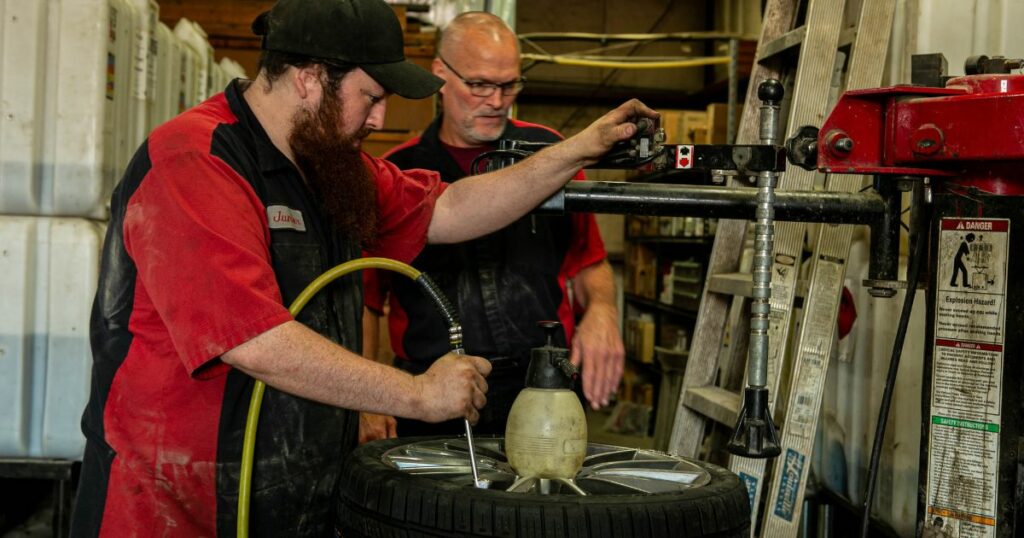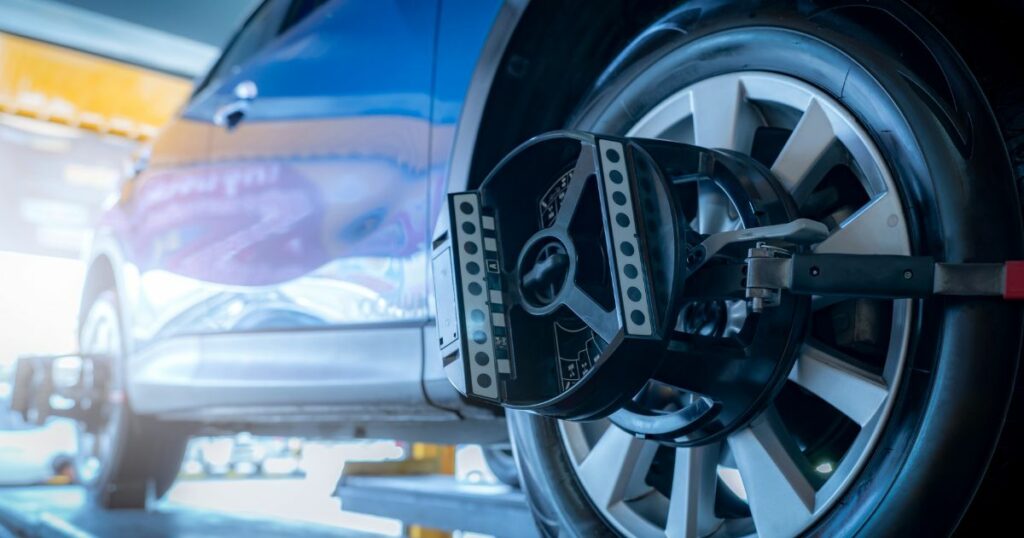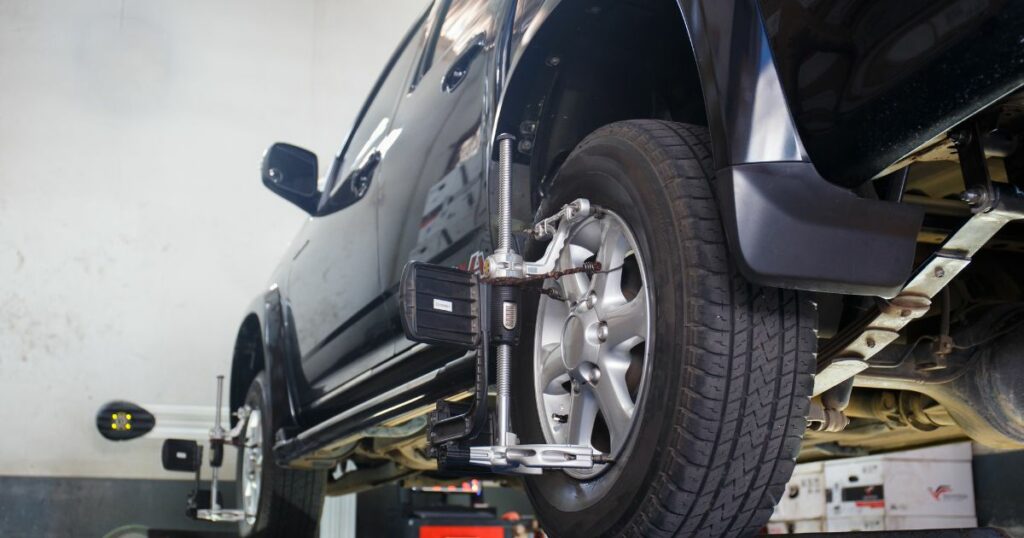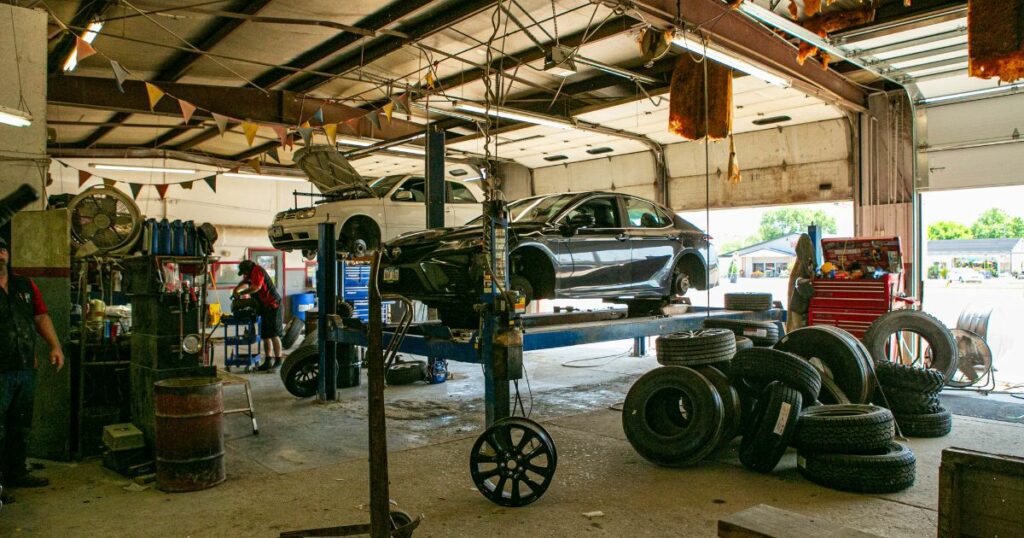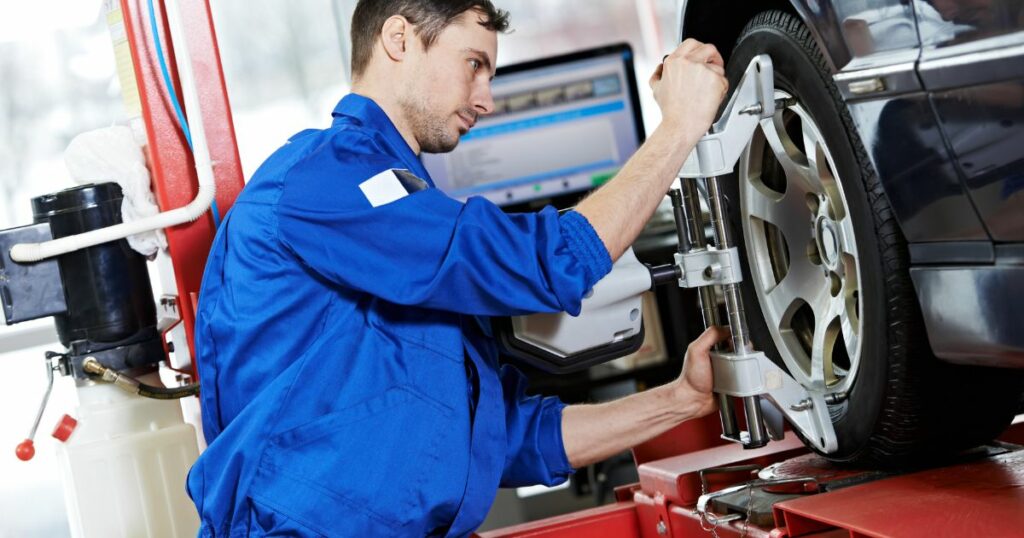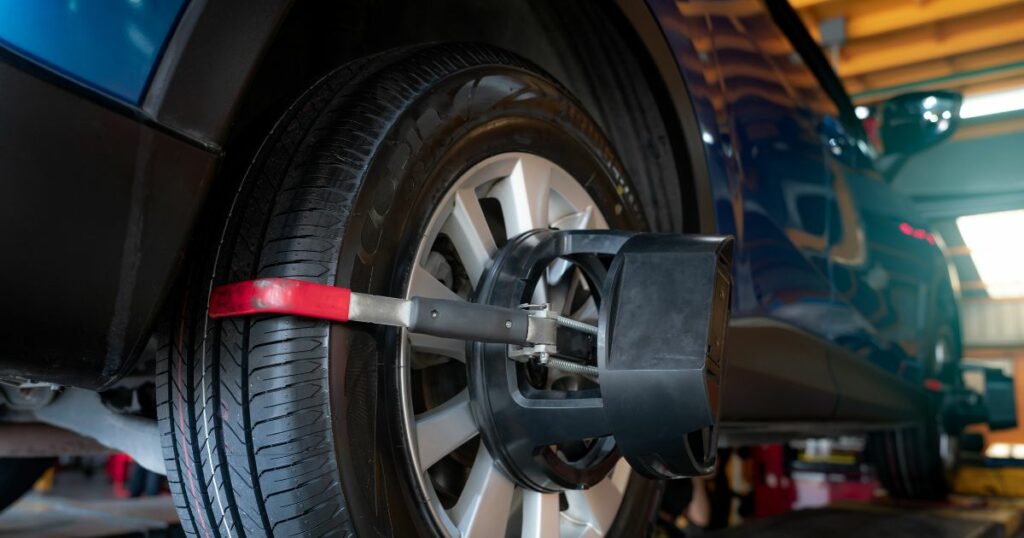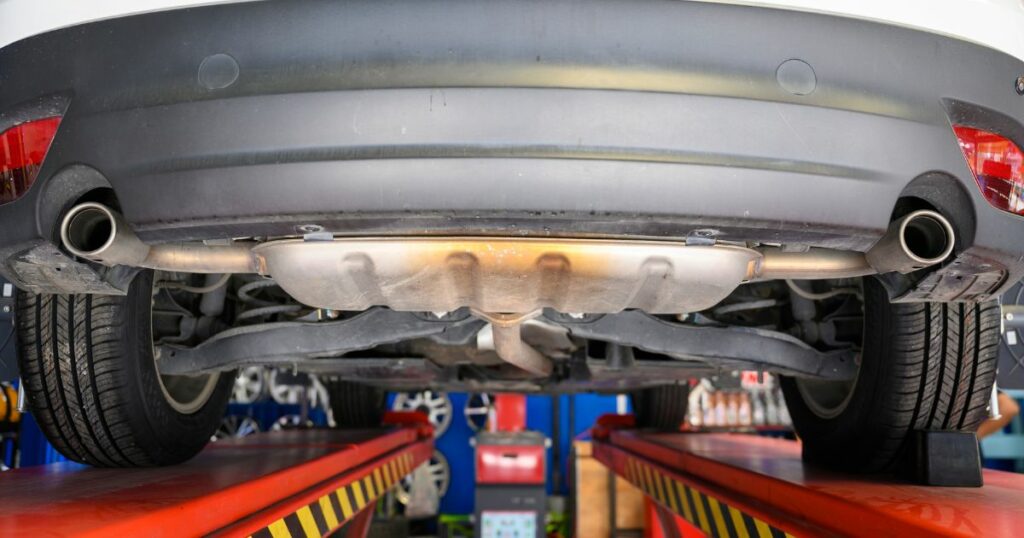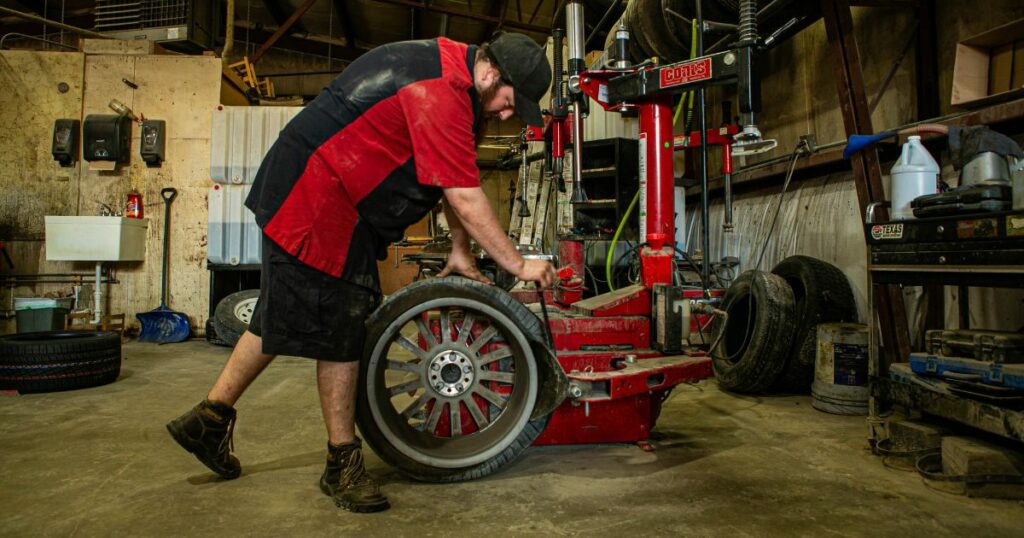What is a Transfer Case?
Before we delve into the nitty-gritty details of transfer case repair, let’s take a moment to understand what a transfer case actually is. Think of it as the traffic cop of your vehicle’s power distribution system.
The transfer case sits between the transmission and the front and rear differentials, enabling your vehicle to smoothly transition between two-wheel drive and four-wheel drive modes.
It ensures that power is evenly distributed to all four wheels, providing maximum traction and control, especially in off-road or slippery conditions.
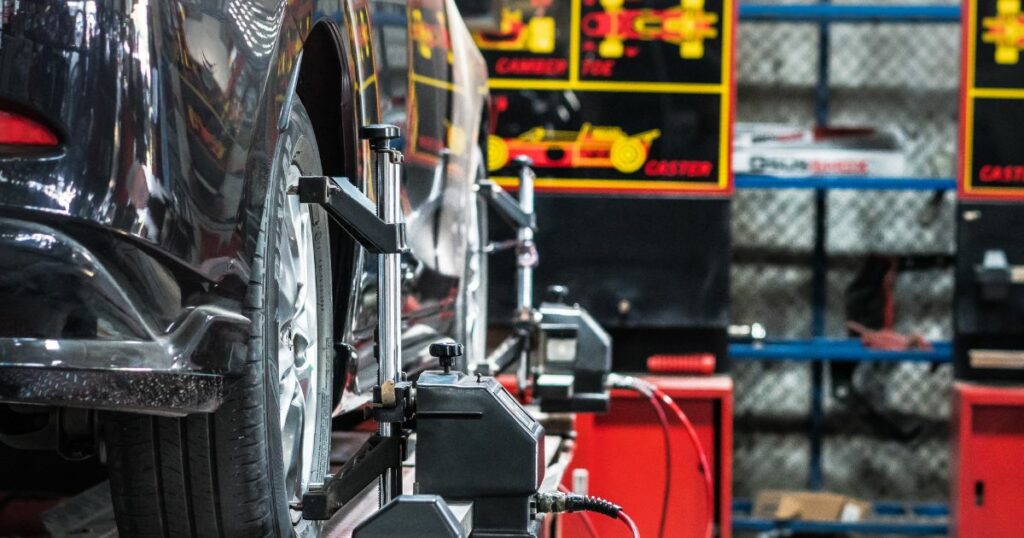
The Importance of Transfer Case Maintenance
Now that we know what a transfer case does, it’s time to explore why regular maintenance is essential for its longevity and your vehicle’s performance.
Over time, the fluid in the transfer case can become contaminated with dirt, debris, and metal shavings. This can lead to increased friction, accelerated wear and tear, and potential damage to the internal components.
By neglecting transfer case maintenance, you run the risk of decreased performance, increased fuel consumption, and even complete failure of this vital component.

Signs That Your Transfer Case Needs Repair
How can you tell if your transfer case is crying out for some tender loving care? Here are a few warning signs to keep an eye out for:
1. Unusual Noises: If you hear grinding, whining, or clunking sounds coming from underneath your vehicle, it’s time to pay attention. These noises can indicate worn-out gears or bearings within the transfer case.
2. Difficulty Shifting Gears: Are you experiencing difficulties when shifting between two-wheel drive and four-wheel drive modes? If it feels like your transfer case is resistant to change, it could be a sign that repairs are needed.
3. Leaking Fluid: Spotting red, brown, or black fluid under your vehicle is never a good sign. A transfer case leak may indicate a damaged seal, which can lead to inadequate lubrication and potential internal damage.
4. Dashboard Warnings: Modern vehicles are equipped with sophisticated systems that can detect transfer case issues. If you see warning lights or messages on your dashboard, it’s crucial not to ignore them.
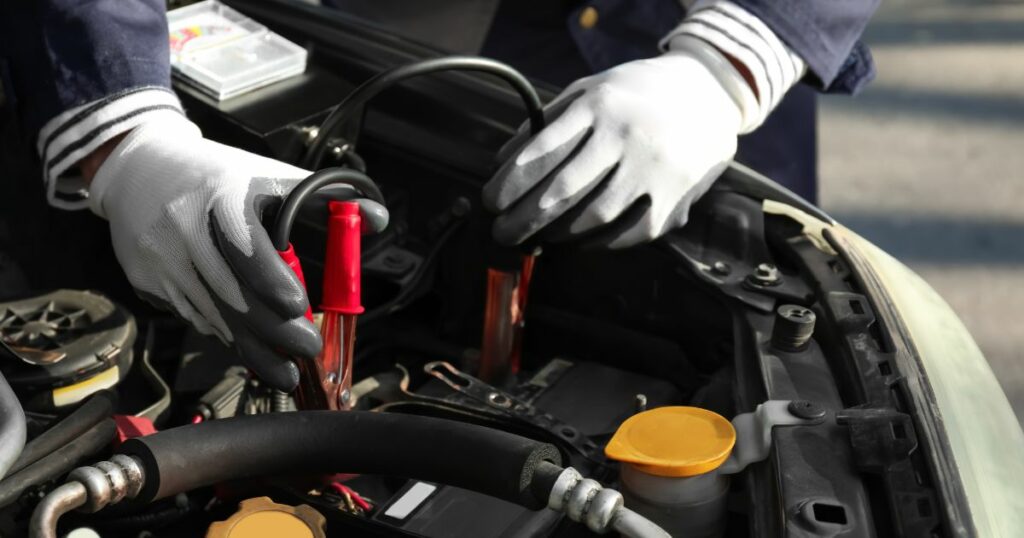
Trust the Experts at Country Tire Automotive
Now that we’ve shed some light on the importance of transfer case repair, you may be wondering where to turn for top-notch service. Look no further than Country Tire Automotive. With over 30 years of experience and a commitment to customer satisfaction, our team of expert mechanics is ready to take care of all your transfer case repair needs.
At Country Tire, we pride ourselves on our customer-first approach, ensuring that your vehicle receives the utmost care and attention it deserves. Our skilled technicians will diagnose any transfer case issues accurately, using state-of-the-art equipment. They will then perform the necessary repairs with precision and expertise, getting you back on the road in no time.
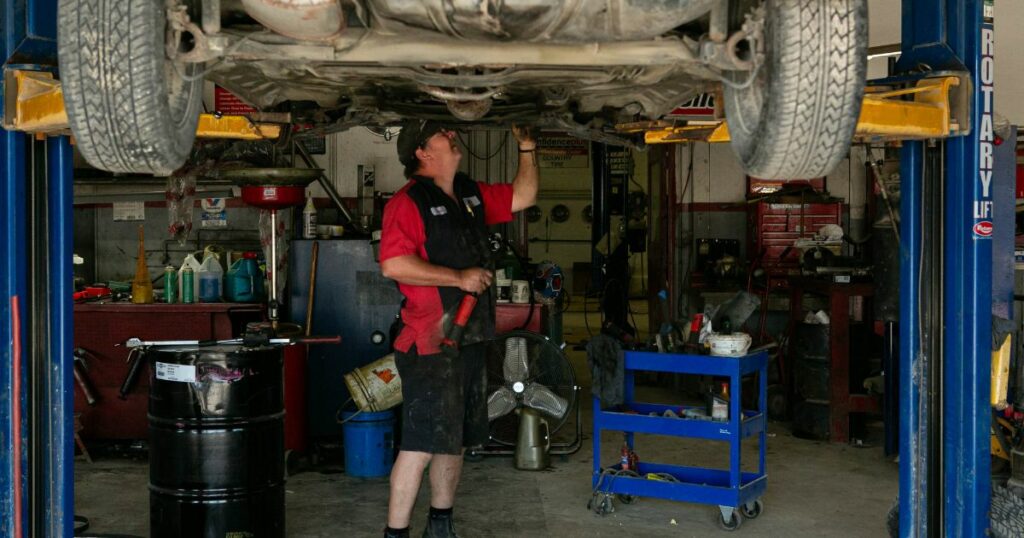
Schedule Your Appointment Today
Don’t wait until your transfer case is in dire need of repair. Take the proactive approach to vehicle maintenance by scheduling an appointment with Country Tire Automotive today. Our friendly staff is eager to assist you in maintaining your vehicle’s safety, efficiency, and longevity.
To schedule a transfer case repair or any other automotive service, visit our website at [www.countrytire.biz](https://www.countrytire.biz). Our convenient online service appointment request form is just a few clicks away at [https://www.countrytire.biz/Services/Schedule-A-Repair](https://www.countrytire.biz/Services/Schedule-A-Repair).
Remember, a well-maintained transfer case ensures that power is distributed seamlessly, allowing your vehicle to conquer any road or trail with confidence. Choose Country Tire Automotive for all your transfer case repair needs and experience the difference our expertise can make.
Frequently Asked Questions About Transfer Case Repair
At Country Tire Automotive, we understand that our customers may have questions about transfer case repair.
To help you better understand this essential service, we’ve compiled a list of frequently asked questions that we often receive from our customers at Country Tire Automotive.
1. How often should I have my transfer case inspected?
It is recommended to have your transfer case inspected during routine maintenance intervals or whenever you suspect an issue. Our expert technicians at Country Tire Automotive can assess the condition of your transfer case and recommend appropriate maintenance or repairs.
2. Can I continue driving my vehicle if my transfer case is damaged?
It is not advisable to continue driving with a damaged transfer case. Driving with a compromised transfer case can cause further damage to other components, potentially leading to more costly repairs. We recommend having it inspected and repaired promptly.
3. How long does transfer case repair usually take?
The duration of transfer case repair can vary depending on the specific issue and the availability of parts. Our skilled technicians work diligently to complete repairs as efficiently as possible while ensuring high-quality workmanship.
4. Can I perform transfer case repairs myself?
Transfer case repairs require specialized knowledge and tools. Attempting to repair it yourself without proper expertise can lead to further damage. It’s best to trust the experienced professionals at Country Tire Automotive to handle your transfer case repairs.
5. What are the signs of a failing transfer case?
Signs of a failing transfer case include grinding or clunking noises, difficulty shifting gears, leaking fluid, and dashboard warning lights. If you notice any of these symptoms, it’s important to have your transfer case inspected promptly.
6. How can I prevent transfer case issues?
Regular maintenance is key to preventing transfer case issues. Follow the manufacturer’s recommended maintenance schedule and have your transfer case inspected during routine service appointments. This helps identify potential problems early on and prevents major issues down the road.
7. Can you repair transfer cases for all vehicle makes and models?
Yes, at Country Tire Automotive, we have experience working with transfer cases in a wide range of vehicle makes and models. Our technicians are skilled in diagnosing and repairing transfer cases for various vehicles.
8. How much does transfer case repair cost?
The cost of transfer case repair can vary depending on the extent of the damage and the specific vehicle. Our team at Country Tire Automotive provides transparent pricing and will provide you with an accurate estimate after assessing your vehicle.
9. Is transfer case repair covered by warranty?
Warranty coverage for transfer case repair depends on your specific vehicle and its warranty terms. If your vehicle is still under warranty, it’s best to consult your warranty documentation or contact the manufacturer to determine if transfer case repair is covered.
10. Can I drive in two-wheel drive mode if my transfer case is damaged?
Yes, if your transfer case is damaged, it is usually safe to drive in two-wheel drive mode. However, it’s important to have your transfer case repaired as soon as possible to regain the full functionality and safety of your vehicle’s drivetrain.
Remember, for any further questions or to schedule a transfer case repair service, don’t hesitate to reach out to Country Tire Automotive. Contact us today at [www.countrytire.biz](https://www.countrytire.biz) or use our convenient online service appointment request form at [https://www.countrytire.biz/Services/Schedule-A-Repair](https:// www.countrytire.biz/Services/Schedule-A-Repair) to book your appointment.
Our friendly and knowledgeable team is here to assist you.
